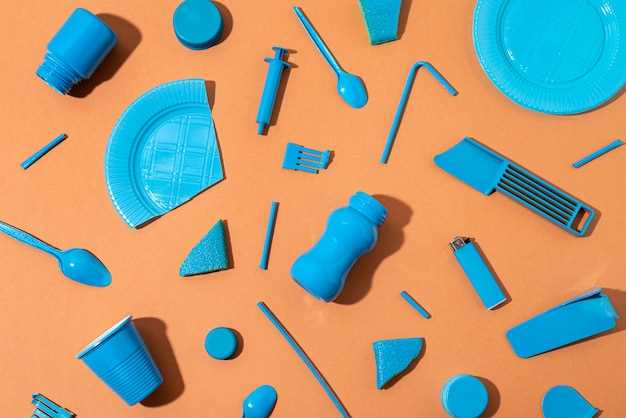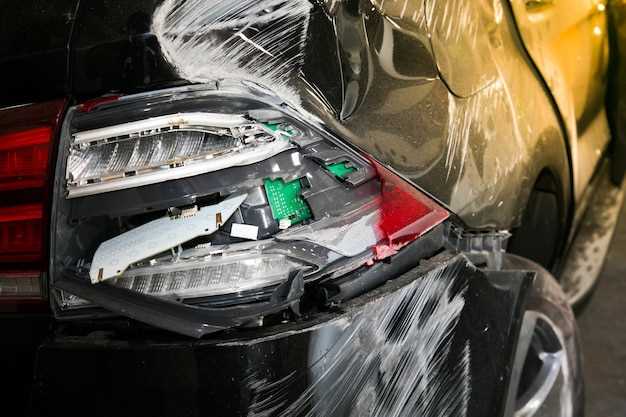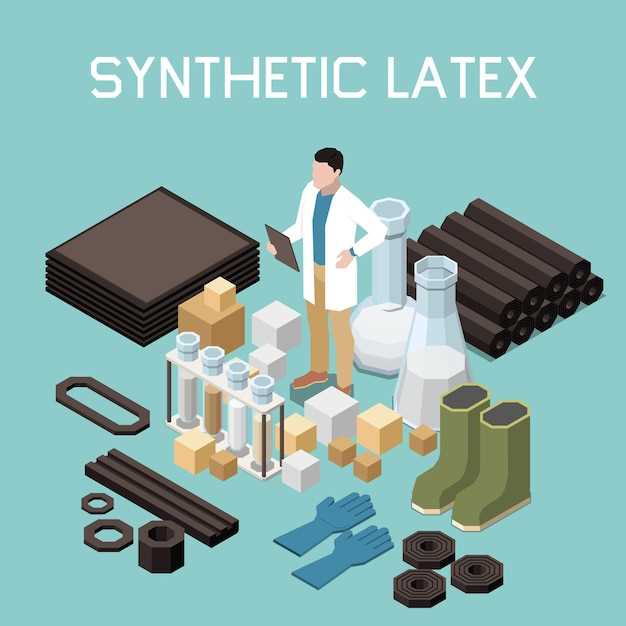
Automobile bumpers play a vital role in vehicle safety, providing protection during collisions and contributing to the overall design. The materials used in bumper construction have evolved significantly over the years, with various types of plastics now dominating the market. Understanding the different plastic types used in bumpers is crucial not only for manufacturers but also for automotive repair professionals.
Commonly used plastics in bumper manufacturing include polypropylene, polyurethane, and ABS (Acrylonitrile Butadiene Styrene). Each type of plastic has unique properties, such as strength, flexibility, and resistance to environmental factors, which influence their performance in collision scenarios. Therefore, the choice of plastic can greatly affect the repair process following an accident.
Repairing a bumper made from polypropylene, for example, often requires specific techniques and materials due to its low adhesion properties. In contrast, bumpers made from polyurethane may be more amenable to traditional repair methods but can still present challenges due to their varying degrees of flexibility. Understanding these nuances is essential for technicians to ensure effective and durable repairs while minimizing the risk of future damage.
Identifying Common Plastics Used in Automotive Bumpers

Automotive bumpers are primarily designed to absorb impact and protect the vehicle’s body. Various types of plastics are utilized in their construction, each offering unique properties suited for specific performance and aesthetic requirements. Understanding these materials is essential for effective repair and replacement procedures.
The most commonly used plastic in automotive bumpers is Polypropylene (PP). This thermoplastic is favored for its excellent impact resistance, lightweight nature, and adaptability to various manufacturing processes. PP can be easily molded and is resistant to chemical exposure, making it a top choice for manufacturers aiming for durability and cost-effectiveness.
Another prevalent plastic is Acrylonitrile Butadiene Styrene (ABS). ABS is known for its toughness, rigidity, and ability to retain shape upon impact. It provides superior paint adhesion, making it suitable for bumpers that require surface treatments. However, ABS is less resistant to certain environmental factors compared to PP, which can affect its longevity in outdoor conditions.
Polyurethane (PU) is also utilized, particularly in the form of flexible foams. This material is preferred for its energy-absorbing capabilities, which are vital for bumper performance during collisions. PU bumpers can better dissipate impact forces, thereby enhancing safety. However, they may require more rigorous maintenance to prevent degradation from UV exposure and moisture absorption over time.
Additionally, Thermoplastic Olefin (TPO) is making its way into the automotive industry for bumper applications. TPO blends the properties of rubber and plastic, resulting in a material that is both lightweight and flexible. It offers excellent resistance to UV rays and weathering, ensuring a longer lifespan under various conditions. TPO is often used in combination with other plastics to enhance specific performance characteristics.
In some cases, manufacturers utilize Reinforced Plastics, such as fiberglass-reinforced composites, in higher-end models. These materials improve strength and impact resistance significantly but may complicate repair processes due to their rigidity and the need for specialized techniques.
Identifying these common plastics is crucial for automotive professionals. Proper assessment allows for accurate repairs and the selection of appropriate adhesives, welding techniques, and refinishing methods. Each material’s unique properties dictate the best practices for ensuring the integrity and aesthetic of the bumper post-repair.
Challenges and Solutions in Repairing Different Bumper Materials

Repairing bumpers is a complex undertaking due to the variety of materials used in their construction. Each type presents unique challenges that require specific solutions to ensure durability and aesthetic appeal.
Plastic Bumpers are commonly made from materials like polypropylene and polycarbonate. The main challenge with these is their susceptibility to cracking and deformation after impact. Traditional welding methods may not be effective due to the nature of the plastics. Solution: Using specialized plastic welders and adhesives specifically designed for auto repairs can ensure a strong bond without altering the bumper’s integrity.
Metal Bumpers present their own difficulties, particularly rust and corrosion. Repairs often involve straightening bent metal and treating any rust spots. The challenge here is maintaining the structural integrity while addressing these issues. Solution: Employing sandblasting techniques to remove rust, followed by priming and repainting can restore the bumper effectively. Additionally, using galvanized metals can provide a more durable solution in the long run.
Composite Bumpers combine both plastic and metal components. The challenge lies in the varying repair techniques required for each material. Damage to the composite can lead to separation at joints and an uneven surface finish. Solution: Technicians should assess the damage carefully and apply a combination of adhesive bonding for plastic parts and mechanical fastening for metal components, ensuring a seamless repair.
Rubber Bumpers are designed to absorb impacts; however, they can suffer from deterioration due to UV exposure or weathering. This can lead to cracking and loss of resilience. Solution: Using UV-resistant coatings can prolong the life of rubber bumpers. For repairs, using flexible repair compounds can restore functionality without compromising the bumper’s shock-absorbing properties.
In conclusion, understanding the material properties and associated repair techniques for different bumper types is crucial for effective vehicle restoration. By using the appropriate methods and materials, technicians can overcome challenges and ensure high-quality repairs that meet safety and aesthetic standards.
Impact of Plastic Type on Bumper Replacement Options
The type of plastic used in automotive bumpers plays a critical role in determining replacement options following damage. Common plastics employed in bumper construction include polypropylene (PP), acrylonitrile butadiene styrene (ABS), and thermoplastic olefin (TPO). Each type has unique properties that influence repairability and compatibility with aftermarket parts.
Polypropylene (PP) is the most prevalent material found in modern bumpers due to its lightweight and impact-resistant nature. When a PP bumper is damaged, it is often possible to repair small dents and cracks using specialized adhesives or welding techniques. However, extensive damage may necessitate complete replacement, particularly if structural integrity is compromised. Replacement options typically include OEM (original equipment manufacturer) parts or high-quality aftermarket alternatives.
Acrylonitrile butadiene styrene (ABS) offers superior rigidity and impact resistance, making it an attractive choice for higher-end vehicles. Despite providing excellent durability, ABS is more challenging to repair compared to PP. Cracks in ABS bumpers often require complete replacement, as repairing these materials can lead to aesthetic mismatches or further damage. Therefore, the availability of ABS bumpers primarily centers on OEM replacements or customized aftermarket solutions that ensure a perfect fit and finish.
Thermoplastic olefin (TPO) combines the advantages of both PP and ABS, providing flexibility and strength. TPO bumpers are generally easier to repair, and minor damage can often be fixed using heat and adhesive techniques. However, like other plastics, severe damage usually mandates replacement. The market for TPO replacement bumpers is expanding, with various OEM and aftermarket options available that cater to both budget and quality considerations.
In conclusion, the type of plastic significantly influences bumper replacement options. Understanding the characteristics of each plastic type enables vehicle owners and repair professionals to make informed decisions regarding repairs and replacements. Whether opting for OEM parts or aftermarket solutions, recognizing the implications of plastic type ensures a better restoration of the vehicle’s aesthetics and functionality.

